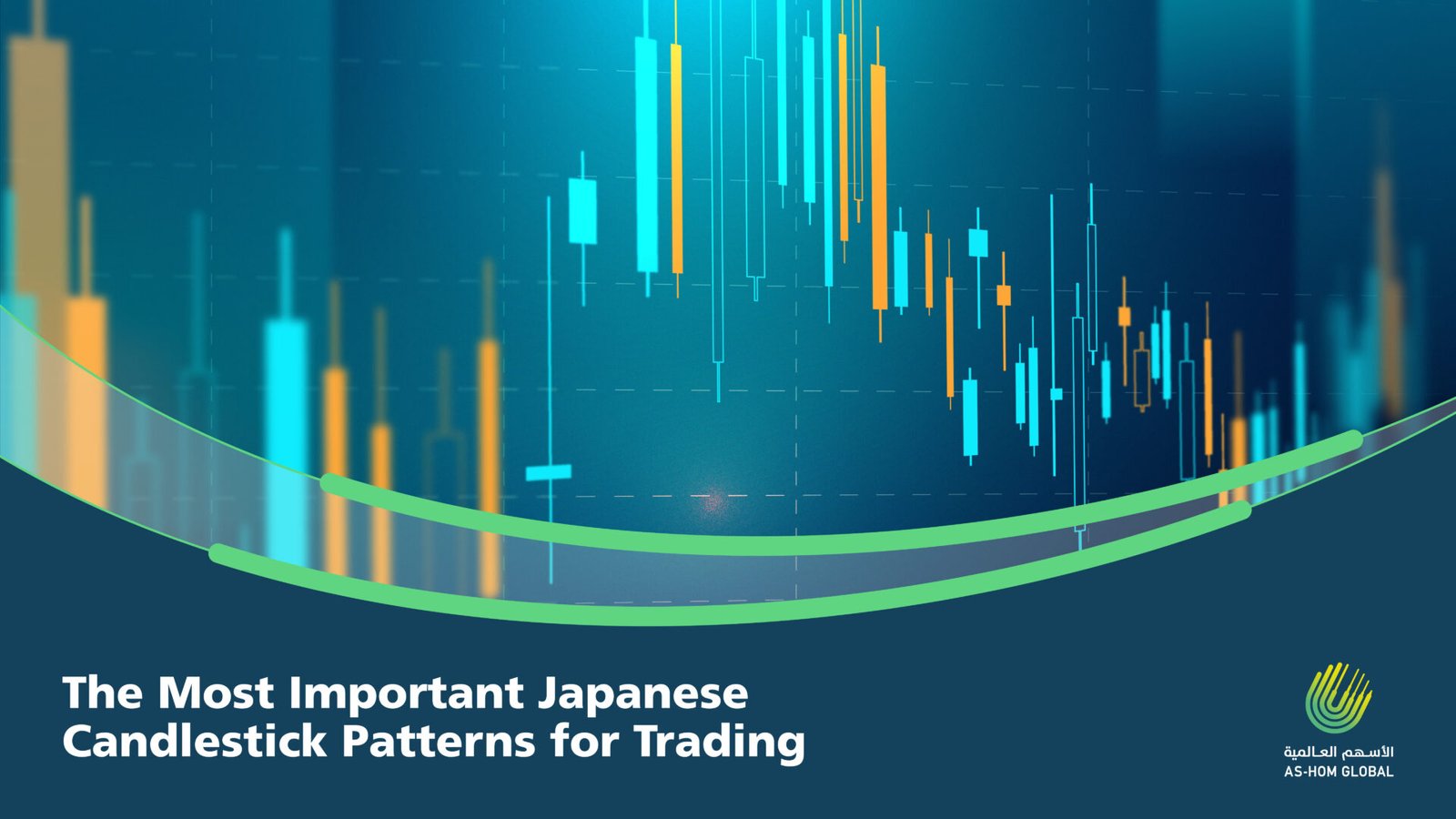Japanese candlesticks are one of the main tools for technical analysis in financial markets. They provide a visual and easy way to interpret price movements and related patterns. In this article, we will review the most important Japanese candlestick patterns relied upon by traders and how to use them to identify opportunities in the market. We will cover types of reversal and continuation patterns and how to read the candles and understand their implications.
What are Japanese Candlesticks?
Japanese candlesticks are a tool used to display price movements over specific time periods, with each candle consisting of four components: the opening price, the closing price, the highest price, and the lowest price. Traders widely use them because they provide a clear picture of the interaction between buying and selling forces.
History of Japanese Candlesticks
Japanese candlesticks were invented in the 17th century by rice traders in Japan and became a fundamental method in technical analysis after being introduced to the West by Steve Nison in the 1980s. The purpose of this tool is to help traders identify price patterns that can signal profitable trading opportunities.
Reading Japanese Candlesticks
To understand Japanese candlesticks, one should focus on three elements: color, body, and wick. The color indicates price direction (up or down), the body shows the price movement from open to close, while the wick reflects the highest and lowest points the price reached.
Key Japanese Patterns
Japanese candlestick patterns fall into three main categories:
- Bullish Reversal Patterns: Indicate a potential reversal from a downward to an upward trend.
- Bearish Reversal Patterns: Indicate a potential reversal from an upward to a downward trend.
- Continuation Patterns: Indicate the continuation of the current trend in the market.
Famous Japanese Patterns
- Hammer Pattern: Appears when the price drops and then recovers, signaling a potential reversal.
- Bullish Engulfing Pattern: Occurs when a long green candle closes above a red candle, indicating buyers' control.
- Morning Star Pattern: Indicates seller weakness and the beginning of buyer control.
How to Benefit from Japanese Patterns
These patterns are used to determine entry and exit points in the market. For example, the "Hanging Man" pattern signals the end of an upward trend and a possible upcoming decline. The "Three Soldiers" pattern is a strong signal of the continuation of an upward trend.
Conclusion
Japanese candlesticks are an important trading tool, helping to analyze market movements and predict future trends. By understanding these patterns and using them wisely, traders can improve their chances of making profits.



